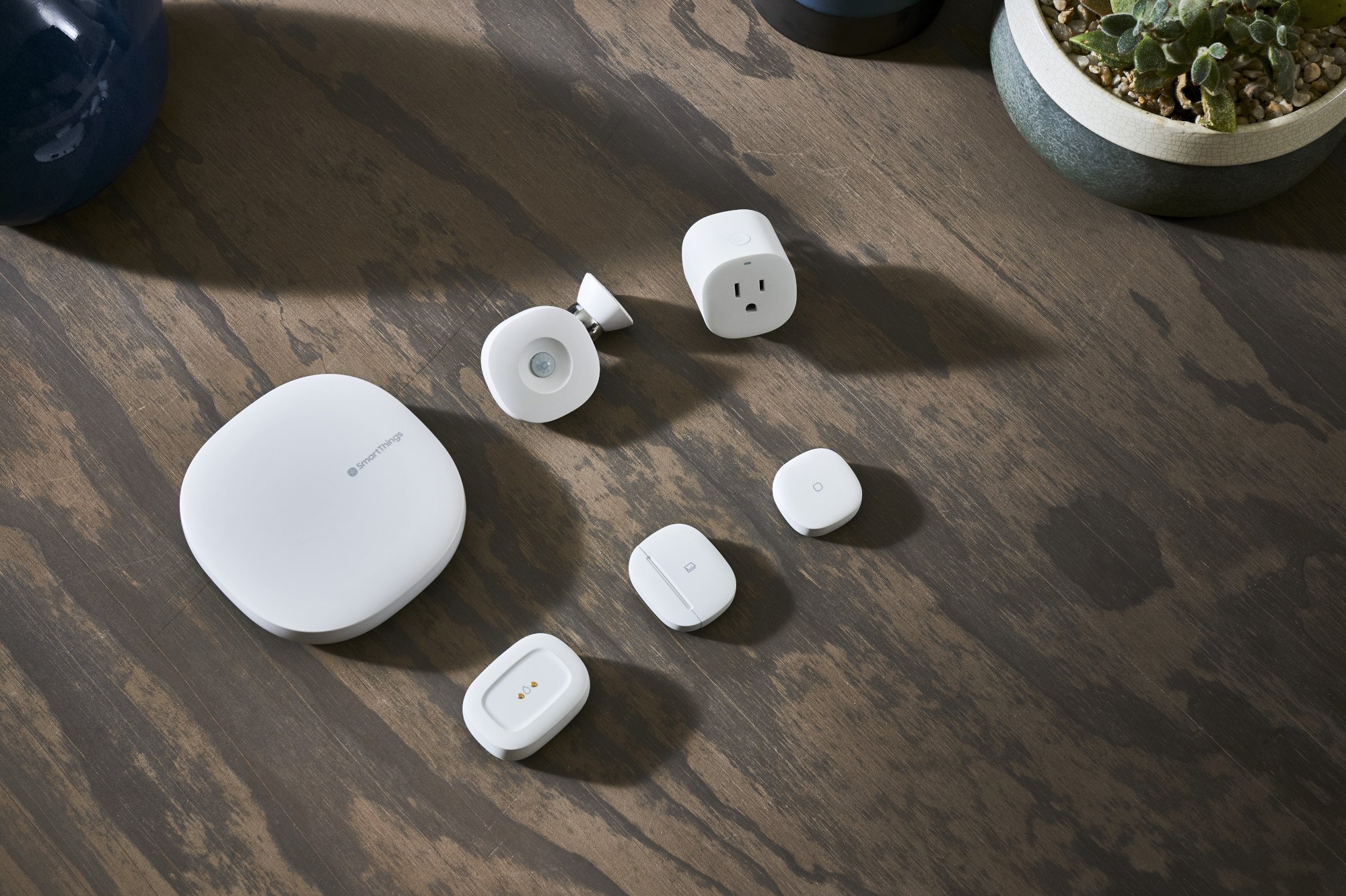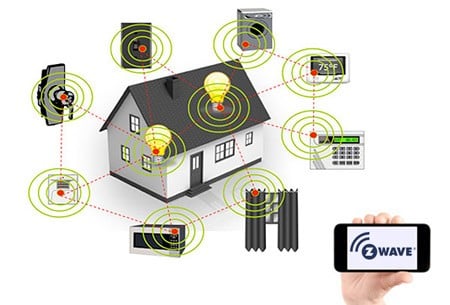
Best answer: SmartThings currently supports ZigBee and Z-Wave wireless protocols. Some IP-connected devices and cloud-connected devices are also able to be used with SmartThings.
Amazon: Samsung SmartThings Hub (3rd generation) ($65)
Z What Now?
Unfortunately, getting up and running with SmartThings isn't as simple as say, connecting your phone or computer to your Wi-Fi network. SmartThings utilizes two main protocols for devices — Z-Wave and ZigBee. If you're not deep into smart home tech, you've most likely never heard of either of these protocols before. Unlike a commonplace term like Wi-Fi, Z-Wave and ZigBee are mostly restricted to a specific set of connected devices.

Z-Wave is a mesh network protocol utilized by low-energy devices like thermostats, lighting controls, locks and security systems. ZigBee is an open standard supported by the ZigBee Alliance use for personal devices in close proximity with low-power digital radios. While similar, the main difference between the two is that ZigBee is broken up into different protocols — home automation, smart energy, and digital health to name a few — which often can't communicate well with each other. Z-Wave, however, used the same low frequency for devices to communicate. ZigBee does allow for loads more devices on a network (65k+) where Z-Wave only allows for around 200.
That being said, with SmartThings supporting both protocols, you never need to worry if your device is a Wave or a Bee — either one will work with your SmartThings hub. Popular devices utilizing these protocols include Philips Hue lights, Belkin's WeMo, GE smart home devices, Sengled smart lights, and Yale smart locks.
What about Wi-Fi?
Be an expert in 5 minutes
Get the latest news from Android Central, your trusted companion in the world of Android
Wi-Fi devices aren't as direct on SmartThings as Z-Wave & ZigBee. SmartThings does support many cloud-connected devices that use Wi-FI, however, these devices talk to SmartThings using the manufacturers cloud service — not Wi-Fi directly. So while the device may not communicate with your hub using Wi-Fi, Z-Wave or ZigBee, it can still be used with your SmartThings setup thanks to the cloud.

Still one of the smartest hubs you can buy.
With its huge list of support for Z-Wave and ZigBee devices — and the ability to connect to your network over Wi-Fi (unlike previous generations), the SmartThings hub is still a solid choice as the backbone of your connected home.

Adam is the Editorial Director of High-Yield content at Future. Leading an outstanding team, he oversees many articles the publisher produces about subscriptions and services including VPN, TV streaming, and broadband. In addition to identifying new e-commerce opportunities, he has produced extensive buying guides, how-to-watch content, deal news, and in-depth reviews. Adam's work can be seen on numerous Future brands including TechRadar, Tom's Guide, T3, TTR, Android Central, iMore, Windows Central, and Real Homes.
